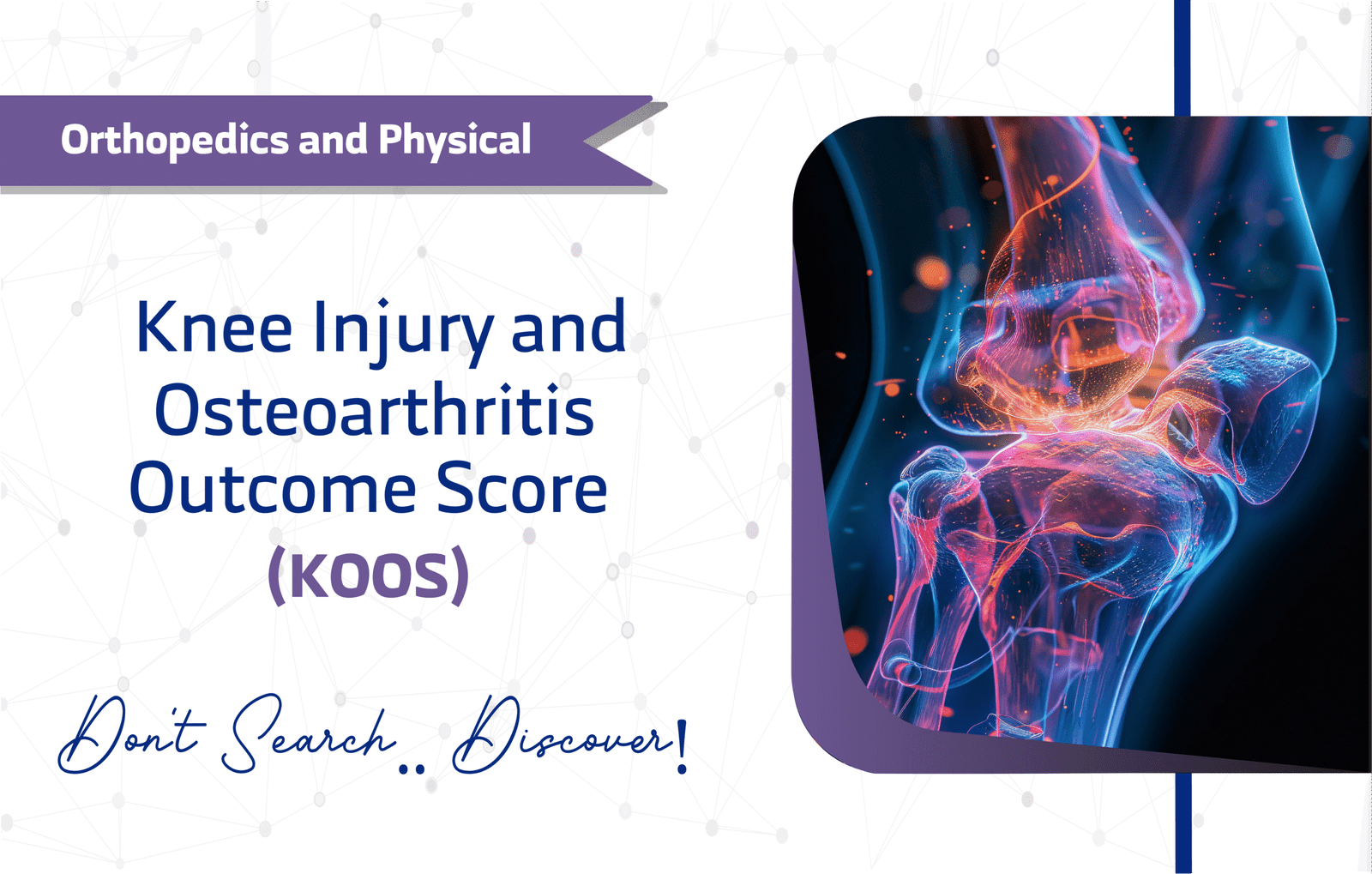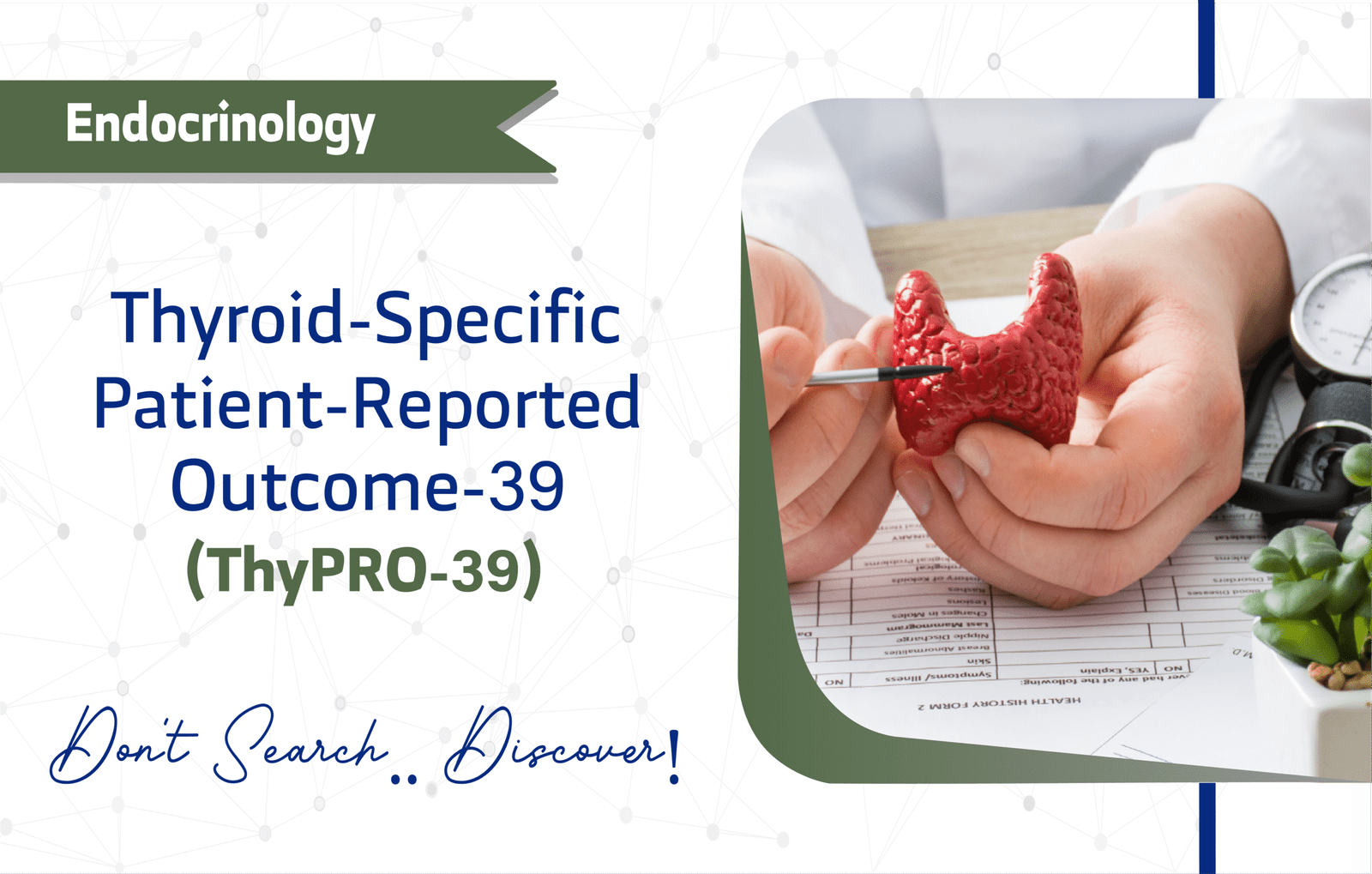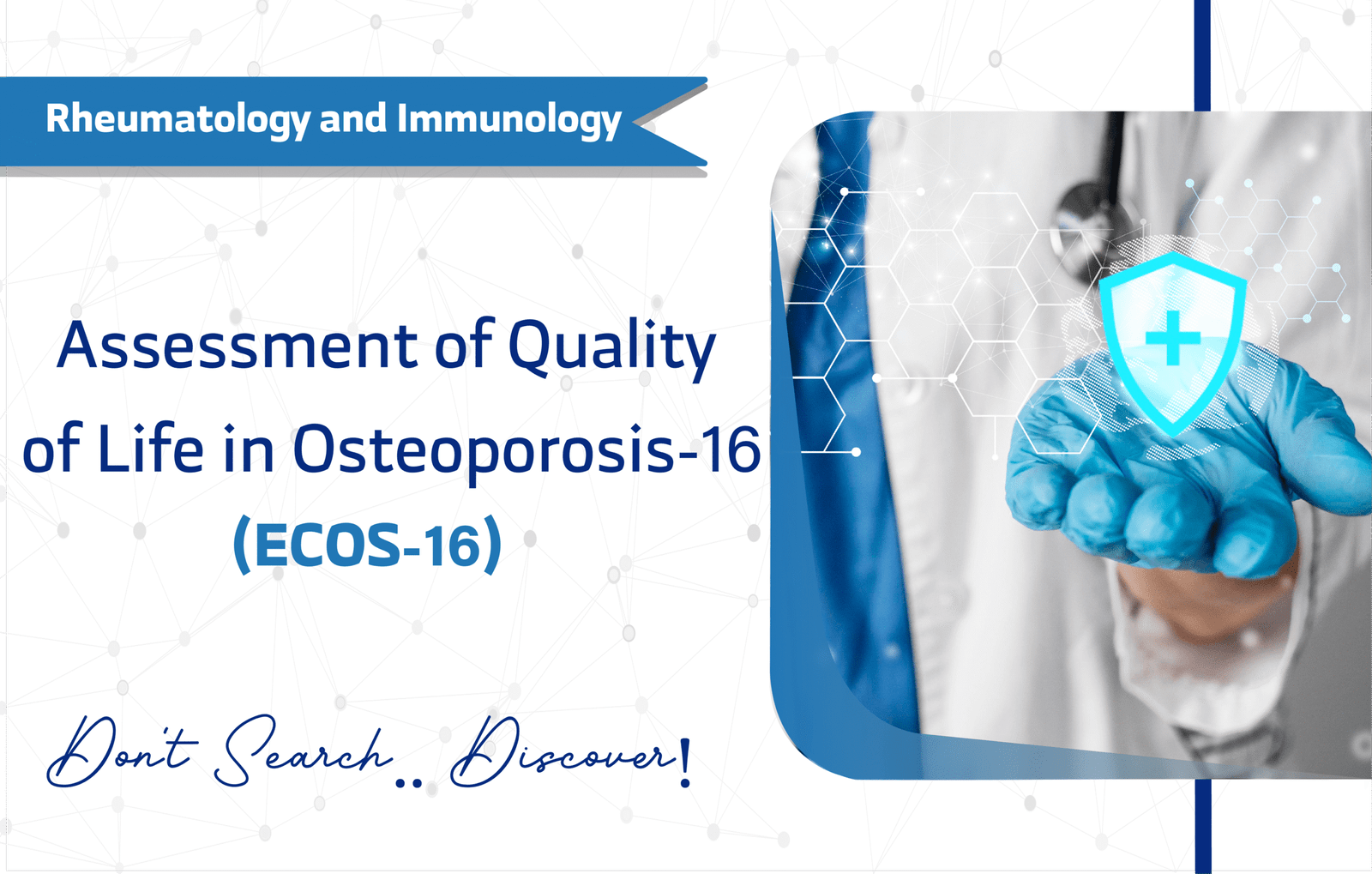Introduction
The Knee Injury and Osteoarthritis Outcome Score (KOOS) serves as a cornerstone in orthopedic research and clinical practice for assessing knee-related quality of life. In 1998, Roos EM, Roos HP, Lohmander LS, Ekdahl C, and Beynnon BD developed this self-administered questionnaire, which has since earned over 10,000 citations on Google Scholar. This widespread recognition highlights its importance.
Specifically, KOOS evaluates short- and long-term outcomes following knee injuries or osteoarthritis, capturing patient-reported impacts for conditions like ACL injuries, meniscus tears, and osteoarthritis. Moreover, its robust psychometric properties make it a preferred choice for tracking patient progress and treatment efficacy. Therefore, this article explores the KOOS’s features, scoring, applications, and limitations, providing experts with a detailed resource to enhance patient care.
Key Features of the Oxford Knee Score (OKS)
Purpose and Use
The Knee Injury and Osteoarthritis Outcome Score (KOOS) evaluates short- and long-term patient-relevant outcomes following knee injuries. By assessing the impact of conditions such as osteoarthritis, ACL injuries, or meniscus tears, it offers critical insights into patients’ lives over time. Consequently, clinicians and researchers rely on it to evaluate treatment effectiveness, monitor recovery progress, and guide clinical decisions in orthopedic settings. Additionally, its patient-centered approach ensures meaningful data for improving care.
Target Population
KOOS targets adults aged 18 and older, including young adults (18–24), middle-aged adults (25–44), older adults (45–64), and seniors (65+). Specifically, it addresses patients with knee conditions like osteoarthritis, ACL injuries, or meniscus tears. However, it does not suit pediatric populations, ensuring a focus on adult orthopedics. This specificity enhances its relevance in clinical practice.
Structure
The KOOS includes 42 items organized into five subscales:
Pain (9 items): Assesses pain frequency and severity during activities like walking or stair-climbing.
Symptoms (7 items): Evaluates knee stiffness, swelling, or mechanical issues.
Activities of Daily Living (ADL, 17 items): Measures limitations in daily tasks, such as dressing or shopping.
Sport/Recreation (5 items): Examines challenges in high-demand activities like running or pivoting.
Quality of Life (4 items): Captures the emotional and lifestyle impact of knee conditions.
Scoring Method
The KOOS scoring process works as follows:
Likert Scale: Each item uses a five-option Likert scale, ranging from 0 (No problems) to 4 (Extreme problems).
Subscale Scores: Clinicians sum the scores for all items within each subscale.
Score Transformation: The raw scores for each subscale transform into a 0–100 scale.
Interpretation: A score of 0 indicates extreme knee problems, while 100 signifies no knee problems. Higher scores reflect better knee function.
This method ensures clear, quantifiable results for clinical and research purposes.
Administration Format
Taking 10–15 minutes to complete, the KOOS is practical for clinical settings. It can be administered via:
- Paper-based forms
- Digital (online) platforms
- In-person interviews
Its self-administered format requires no specialized training, making it accessible for healthcare teams.
Applications of Oxford Knee Score (OKS)
The KOOS shines in multiple orthopedic contexts:
- Screening: Identifies patients with significant knee-related impairments.
- Monitoring: Tracks functional changes over time, especially post-treatment.
- Treatment Planning: Informs rehabilitation or surgical decisions based on patient-reported outcomes.
- Research: Widely used in clinical trials to evaluate interventions, such as ACL reconstruction or osteoarthritis therapies.
For instance, its ability to detect subtle changes makes it ideal for assessing novel treatments or rehabilitation protocols.
Languages and Availability
The KOOS is available in over 20 languages, including:
- Arabic
- English
- Mandarin Chinese
- Spanish
- French
- As well as Russian, German, Portuguese, Japanese, Hindi.
This global accessibility supports its use in diverse research and clinical environments. The KOOS is free to use for both non-funded and funded academic users; however, permission is always required. Contact the KOOS team via KOOS.nu to request permission and ensure compliance with usage guidelines.
Reliability and Validity
The KOOS demonstrates high reliability and validity, with a Cronbach’s alpha of 0.74–0.96 across subscales, indicating strong internal consistency. Validation studies establish it as a trusted tool in orthopedics. For instance, the original 1998 study by Roos et al. solidified its psychometric strength. Thus, clinicians and researchers trust KOOS for accurate outcome measurement.
- Original validation study: link
Limitations and Considerations
Despite its strengths, the KOOS has a few limitations:
- Length: The 42-item questionnaire may feel lengthy for some patients, particularly seniors.
- Self-report: Respondents may be influenced by social desirability bias or personal interpretation.
- Lack of Sensitivity to Change: May not fully capture subtle improvements in certain patient groups.
- Narrow Focus (Limited Domains Covered): Primarily focuses on knee-specific outcomes, potentially missing broader health impacts.
Nevertheless, its robust validation and comprehensive design keep it a cornerstone in knee outcome assessment.
Other Versions and Related Questionnaires
The KOOS family includes adapted versions:
- KOOS-12: A 12-item short form for faster assessments.
- KOOS-Child: Designed for pediatric populations.
- KOOS-PF: Targets patellofemoral syndrome.
- KOOS-PS: Focuses on physical function.
Complementary questionnaires include:
- WOMAC: Assesses osteoarthritis in hips and knees.
- IKDC: Evaluates knee function in sports injuries.
- Lysholm Scale: Measures knee ligament injury outcomes.
- HOOS: Hip-specific outcome score.
- FAOS: Foot and ankle outcome score.
These tools complement the KOOS for broader or more specific assessments.
Additional Resources
- Access the original validation study.
- Download the KOOS questionnaire as a PDF.
- For inquiries, contact the KOOS team via KOOS.nu.
Frequently Asked Questions (FAQ)
Who can use the KOOS?
Clinicians, researchers, and healthcare providers use KOOS for patients aged 18 and older with knee injuries or osteoarthritis.How long does it take to complete the KOOS?
Patients typically require 10–15 minutes, making it feasible for clinical and research settings.How is the KOOS administered?
It supports administration via paper, digital platforms, or interviews, offering flexibility.Is there any cost to using the KOOS?
KOOS is free for both non-funded and funded academic use, but permission is always required.
A Word from ResRef about Oxford Knee Score (OKS)
The Knee Injury and Osteoarthritis Outcome Score (KOOS) provides granular, condition-specific insights into knee health across diverse pathologies and ages. However, its length may limit utility in geriatric populations. Nevertheless, its free access enhances clinical adoption.
References
- Roos EM, Roos HP, Lohmander LS, Ekdahl C, Beynnon BD. Knee Injury and Osteoarthritis Outcome Score (KOOS)–development of a self-administered outcome measure. J Orthop Sports Phys Ther. 1998 Aug;28(2):88-96. doi: 10.2519/jospt.1998.28.2.88. PMID: 9699158. link









1 thought on “Knee Injury and Osteoarthritis Outcome Score (KOOS): A Full Guide for Researchers and Clinicians”
The professionalism of your work shines through every section of this article. It’s motivating to see research content presented with such care.